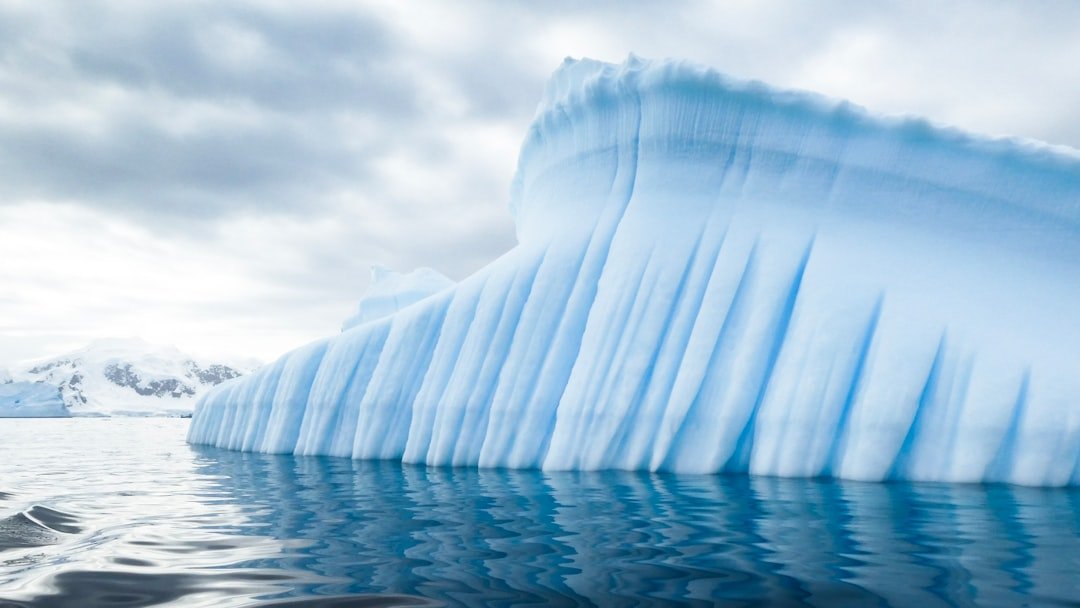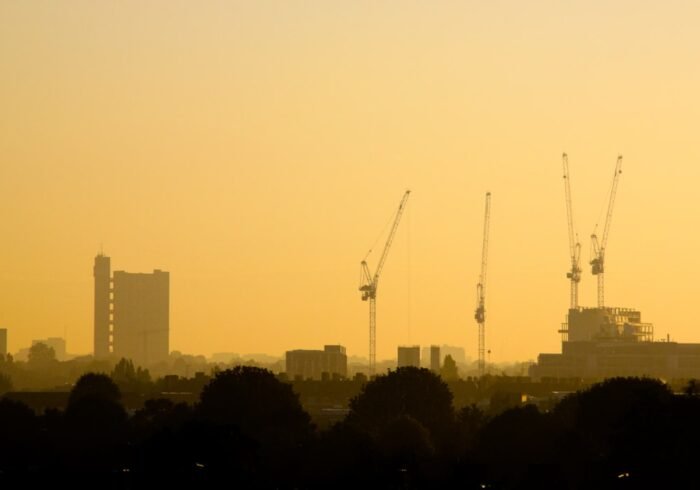Climate Change: An Extensive Overview One of the most urgent issues confronting humanity today is climate change. It describes notable changes in global temperatures and weather patterns over long stretches of time, mostly brought on by human activity. As scientific data about the phenomenon’s effects on the environment grows, it has attracted more attention in recent decades. Its profound impacts on ecosystems, wildlife, and human societies highlight how urgent it is to address climate change.
Key Takeaways
- Climate change refers to long-term shifts in temperature, precipitation, and other atmospheric conditions on Earth.
- The primary causes of climate change include human activities such as burning fossil fuels, deforestation, and industrial processes.
- Climate change has significant effects on the environment, including rising sea levels, extreme weather events, and loss of biodiversity.
- Wildlife is also impacted by climate change, leading to habitat loss, changes in migration patterns, and increased risk of extinction for many species.
- Human impacts of climate change include health risks, food and water insecurity, and displacement of communities, particularly in vulnerable regions.
Climate change is not a novel idea, but the rate at which it is happening is unprecedented. Throughout history, the Earth has seen natural climate variations brought on by a number of causes, such as variations in solar radiation and volcanic eruptions. However, human activities, especially the burning of fossil fuels and deforestation, are primarily responsible for the current trajectory of climate change. The effects worsen as global temperatures rise, leading to a collective call for action to lessen their effects. Production of Energy & Fossil Fuels. Fossil fuel combustion for energy production continues to be the main source of CO2 emissions, which greatly contributes to the greenhouse effect, which traps heat in the atmosphere.
destruction of forests & land use. Another important factor aggravating climate change is deforestation. As carbon sinks, trees take up CO2 from the atmosphere. Not only is this capacity to store carbon reduced when forests are cut down for urbanization or agriculture, but the burning or decaying of trees also returns stored carbon to the atmosphere. Emissions and Agricultural Practices. Methane emissions from rice paddies and livestock, as well as nitrous oxide emissions from fertilized soils, are further ways that agricultural practices fuel climate change.
These interrelated factors draw attention to how complicated climate change is and how comprehensive solutions are required. The consequences of climate change on the environment are extensive and complex. The rise in global temperatures, which has caused more frequent and severe weather events, is one of the most obvious effects.
| Metrics | Data |
|---|---|
| Global Temperature Rise | 1.2°C increase since the late 19th century |
| Carbon Dioxide Levels | Over 400 parts per million (ppm) in the atmosphere |
| Sea Level Rise | 3.3 millimeters per year |
| Extreme Weather Events | Increasing frequency and intensity |
| Glacial Retreat | Accelerating worldwide |
Hurricanes, floods, droughts, and heat waves have increased in frequency, upsetting both human communities and ecosystems. In addition to endangering infrastructure, these extreme weather patterns put a strain on water supplies & agricultural output. Also, ecosystems are changing significantly as a result of climate change. Many species must relocate to cooler regions as temperatures rise, or risk going extinct. Marine life, especially coral reefs that are sensitive to temperature fluctuations and acidity levels, is seriously threatened by ocean acidification, which is a direct result of rising CO2 levels.
Coastal habitats & human settlements are at risk due to rising sea levels caused by the melting of glaciers and polar ice caps. These alterations to the environment highlight how urgently action is required to preserve the delicate balance of the planet. Because many species depend on particular habitats that are becoming more and more threatened by changing conditions, wildlife is especially vulnerable to the effects of climate change.
For many species, changes in temperature & precipitation patterns can interfere with breeding seasons, migration routes, & food supplies. Because of the melting sea ice in the Arctic, for example, polar bears are losing habitat that is essential to their hunting methods. The distribution of species may also change as a result of climate change as animals look for better habitats. As a result of being pushed into overlapping areas, species may become more competitive for resources.
Native wildlife populations may be further threatened by invasive species that occasionally flourish in unfamiliar environments. These alterations have the potential to upset entire ecosystems, resulting in a loss of biodiversity that is hard to recover from. Beyond environmental issues, climate change’s effects present serious risks to people’s health and welfare. Due to poor air quality, rising temperatures can make heat-related illnesses worse & make respiratory problems more common. Extreme weather events can also result in fatalities and displacement, especially in communities that are already at risk & lack the resources necessary to prepare for disasters.
An additional crucial issue associated with climate change is food security. Crop failures and higher food costs can result from agricultural production being disrupted by altered weather patterns. Low-income groups, who may already have difficulty obtaining wholesome food, are disproportionately impacted by this circumstance. Also, as freshwater availability is impacted by shifting precipitation patterns, water scarcity is becoming an urgent concern.
These societal repercussions demonstrate how social and economic structures are intertwined with climate change. techniques for mitigation. The goal of mitigation is to limit future warming by lowering or stopping greenhouse gas emissions. Switching to renewable energy sources like solar, wind, and hydroelectric power can help achieve this.
Emissions can also be considerably decreased by implementing energy-efficient building & transportation systems. Adaptation Techniques. In order to reduce the effects of climate change that are already being felt or are predicted, adaptation strategies concentrate on changing societal norms. This entails creating robust infrastructure that can resist severe weather conditions and putting into practice sustainable farming methods that preserve soil and water quality.
Increasing Response and Preparedness. Emergency response plans and early warning systems are additional ways that communities can improve their preparedness for disasters. To effectively combat climate change, a comprehensive strategy must include both adaptation & mitigation.
Through international agreements & initiatives, the fight against climate change has accelerated in recent years. A historic pledge by countries all over the world to keep global warming well below 2 degrees Celsius over pre-industrial levels was made in 2015 with the adoption of the Paris Agreement. It is recommended that nations establish nationally determined contributions (NDCs) outlining their strategies for improving resilience and cutting emissions. At the local and regional levels, numerous groups and alliances are also attempting to address climate change. Governments can exchange information and resources for effective climate action through initiatives like the United Nations Framework Convention on Climate Change (UNFCCC).
Also, there are now grassroots movements around the world that promote environmental justice, highlighting the need for fair solutions that take into account underserved communities that are disproportionately impacted by climate change. In conclusion, people, communities, governments, & organizations everywhere must act quickly and collectively to combat the existential threat posed by climate change. Although human activity is at the heart of the causes, there are ways to lessen their effects while advancing sustainable development. Everyone must understand their part in this global issue, whether that be through supporting sustainable practices in their local communities, lowering their own carbon footprints, or lobbying for legislative changes.
Now is the moment to act; inaction will only make the problem facing our world worse. Humanity can work toward a more sustainable future for future generations by uniting to address climate change through creative solutions and cooperative efforts. Before it’s too late, we must put the health of our planet first and take decisive action to stop climate change.



